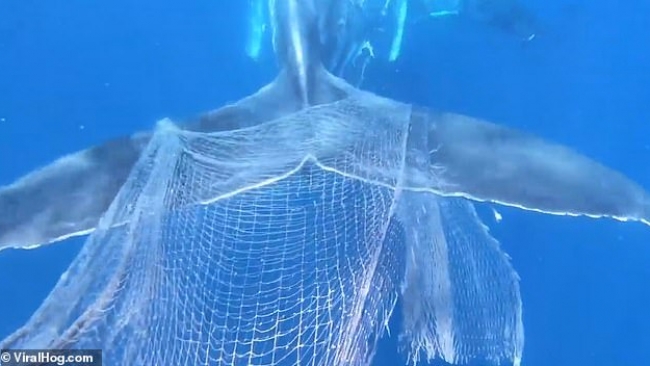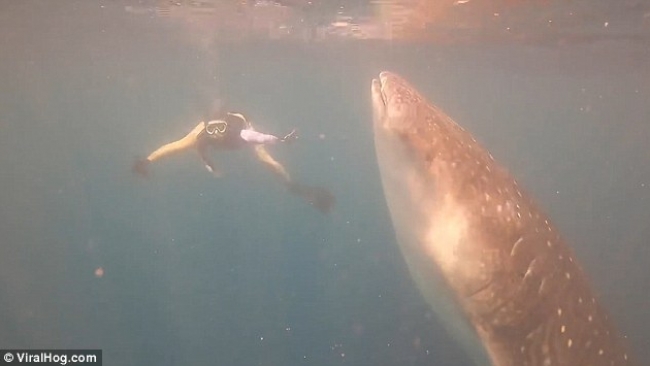Study finds way to pack more data in single acoustic beam for underwater communications

A new strategy for sending acoustic waves through water could potentially open up the world of high-speed communications activities underwater, including scuba diving, remote ocean monitoring, and deep-sea exploration.
By taking advantage of the dynamic rotation generated as acoustic waves travel, the orbital angular momenta, researchers at the Department of Energy's Lawrence Berkeley National Laboratory (Berkeley Lab) were able to pack more channels onto a single frequency, effectively increasing the amount of information capable of being transmitted.
They demonstrated this by encoding in binary form the letters that make up the word "Berkeley," and transmitting the information along an acoustic signal that would normally carry less data. They describe their findings in a study published this week in the Proceedings of the National Academy of Sciences.
"It's comparable to going from a single-lane side road to a multi-lane highway," said study corresponding author Xiang Zhang, senior faculty scientist at Berkeley Lab's Materials Sciences Division and a professor at UC Berkeley. "This work has a huge potential in high-speed acoustic communications."
While human activity below the surface of the sea increases, the ability to communicate underwater has not kept pace, limited in large part by physics. Microwaves are quickly absorbed in water, so transmissions cannot get far. Optical communication is no better since light gets scattered by underwater microparticles when traveling over long distances.
Expanding the capacity of underwater communications could open up new avenues for exploration, the researchers said. This added capacity could eventually make the difference between sending a text only message and transmitting a high-definition feature film from below the ocean's surface. Remote probes in the oceans could send data without the need to surface.
Source: Phys.org
Tue 27 Jun 2017 at 09:06





